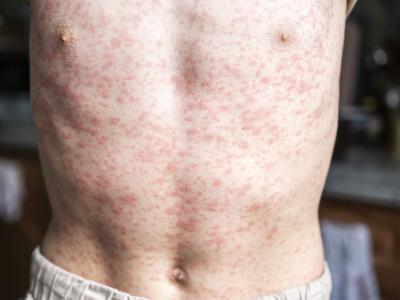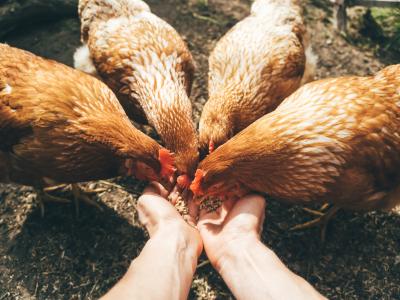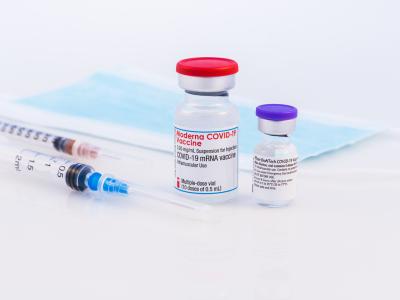South Africa reports more H5N8 outbreaks; H5N1 strikes Cambodian farm
South Africa has reported more highly pathogenic H5N8 detections in ostriches, other captive birds, and a wild bird, and Cambodia reported another H5N1 outbreak in poultry, according to the latest avian flu reports from the World Organization for Animal Health (OIE).
In South Africa, H5N8 turned up at another commercial ostrich farm in hard-hit Western Cape province. The outbreak began on Feb 15 in a flock of 384 birds, with 1 death and 23 illnesses reported. The surviving birds were slated for culling as part of the outbreak response.
South African officials also reported an outbreak in October that involved backyard hobby geese and ducks at a location in Western Cape province and an outbreak that began on Mar 11 in backyard hobby swans in North West province. Between those two locations, the virus killed 94 of 2,429 birds.
In wild bird H5N8 developments, the virus was detected in two swift terns found dead on Feb 21 in Eastern Cape province.
In earlier outbreaks, the H5N8 virus struck African penguins and other wild birds off the coast of Western Cape province. As a result, South Africa's Department of Environmental Affairs on Mar 23 announced a ban on scientists handling seabirds during research activities in the coastal area to prevent the virus from unintentionally spreading to other bird colonies, Nature News reported today.
Mar 27 OIE report on H5N8 in South African ostriches
Mar 27 OIE report on H5N8 in other South African birds
Mar 28 Nature News report
Elsewhere, Cambodia—where H5N1 reemerged in poultry in December—reported another poultry outbreak. The event began on Mar 15 at a farm in Siem Reap province in the western part of the country, killing 23 of 200 birds. The remaining ones were destroyed to curb the spread of the virus.
Mar 28 OIE report on H5N1 in Cambodia
Animal study suggests high-dose favipiravir might be useful for Ebola
In trials involving nonhuman primates, high doses of the antiviral drug favipiravir helped the animals survive Ebola infection, a research team based in France reported yesterday in PLoS Medicine.
Favipiravir is a small-molecule antiviral and was one of the experimental treatments used for patients sickened in West Africa's 2014-16 Ebola virus outbreak. Studies based on those experiences, in which lower doses were given, suggested that the drug was well tolerated but didn't seem to have strong antiviral activity.
In the new study, the scientists infected 26 monkeys with the 2001 Gabon strain of Ebola and monitored them for 21 days. Thirteen received treatment starting 2 days before infection, with twice-daily favipiravir at three different doses: 100, 150, or 180 milligram per kilogram (mg/kg).
All animals that were untreated and those receiving the lowest dose died within 10 days of infection. However, 2 of 5 animals treated with the 150-mg/kg dose were still alive at day 21 and 3 of 5 that received the 180-mg/kg dose survived to day 21. Investigators also found that the treatment inhibited viral replication in a drug concentration-dependent manner.
Applicability to humans, however, is limited by the fact that the model is fully lethal and that treatment for people typically begins several days after infection when symptoms and high viremia levels are already occurring.
The authors concluded that their results, combined with earlier data on animals and humans, support further evaluation of high doses of favipiravir for future use in humans, especially for contacts of infected patients.
Mar 27 PLoS Med abstract
Mar 27 PLoS press release











